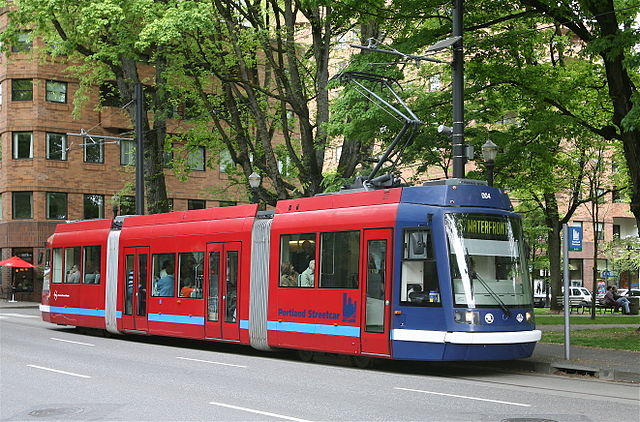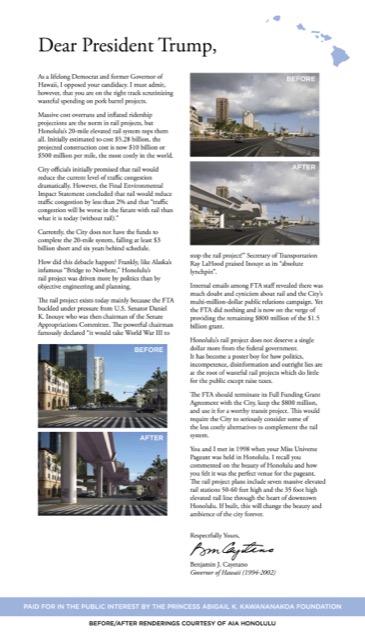One of the projects likely to die if Congress doesn’t overrule Trump’s plan to stop funding new rail transit projects is the Wave, a 2.8-mile long streetcar line proposed by Broward County for downtown Fort Lauderdale. In order to assess the impacts of Trump’s proposal on Fort Lauderdale, the Antiplanner reviewed the environmental assessment (EA) and other documents for the Wave.
For $200 million, Broward County can buy five streetcars like this one and build 2.8 miles of track for them to run on plus a maintenance facility. The county would also have to pay nearly $4.9 million per year operating the streetcars every 7-1/2 minutes. Wikimedia commons photo by Cacophony.
Broward County wants to build the Wave because it believes it will stimulate economic development in downtown Fort Lauderdale, an area that is in the midst of a development boom without the streetcar. According to the EA, the transportation benefits of the streetcar are only about 20 percent of the costs, but the EA claims that the economic development benefits will make up the difference. Continue reading










